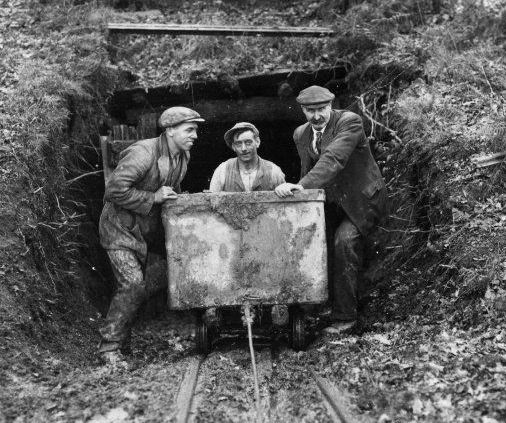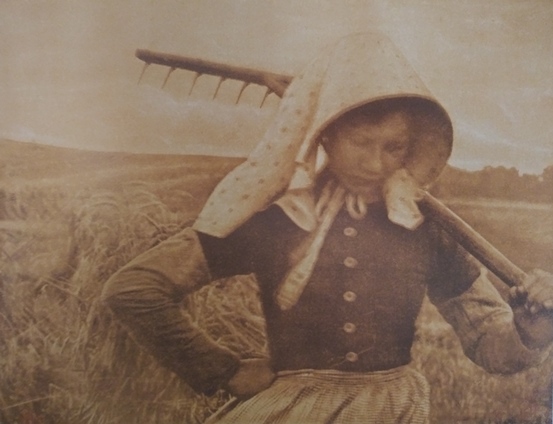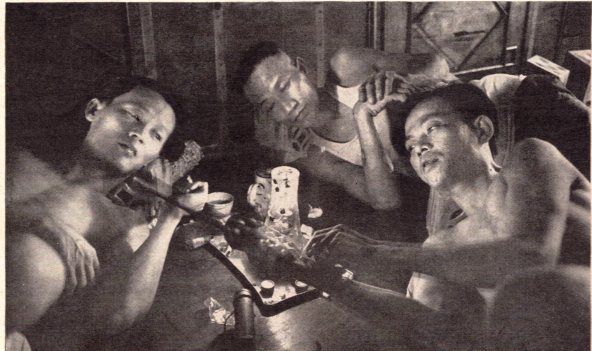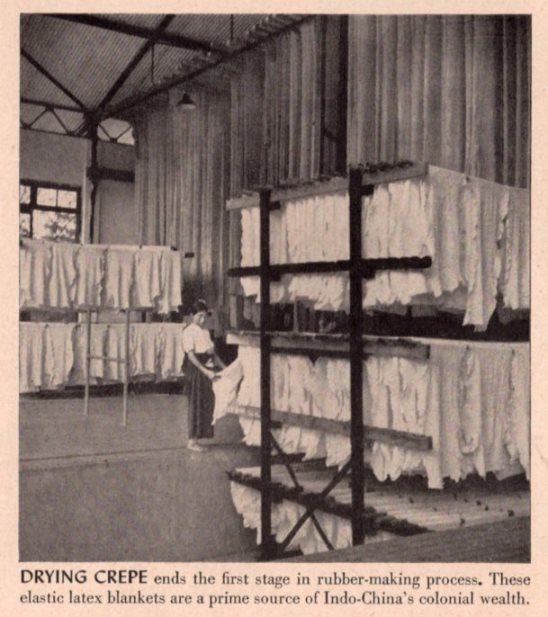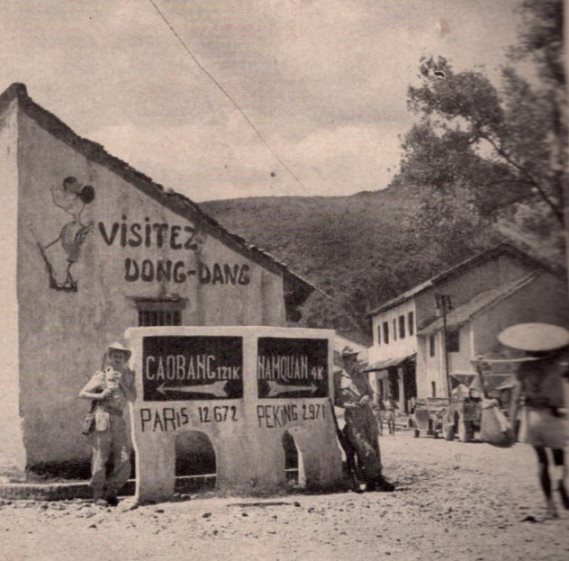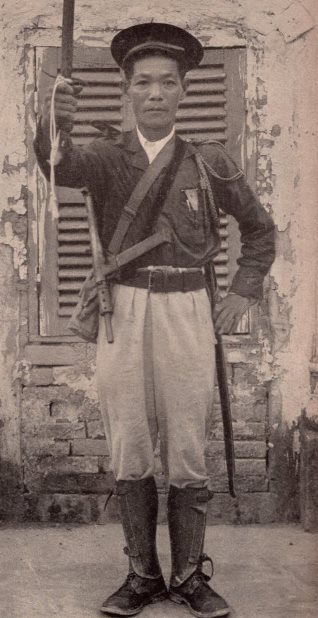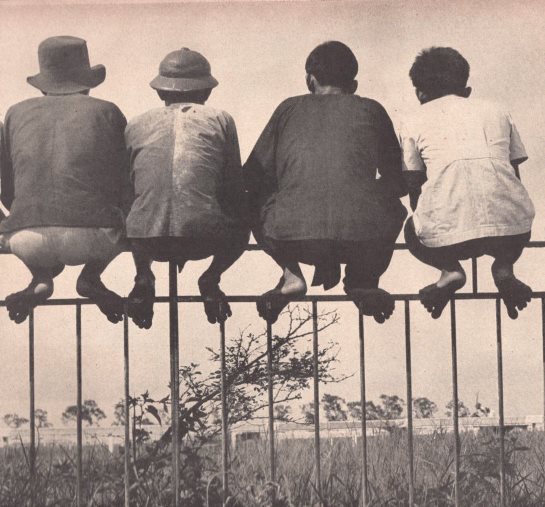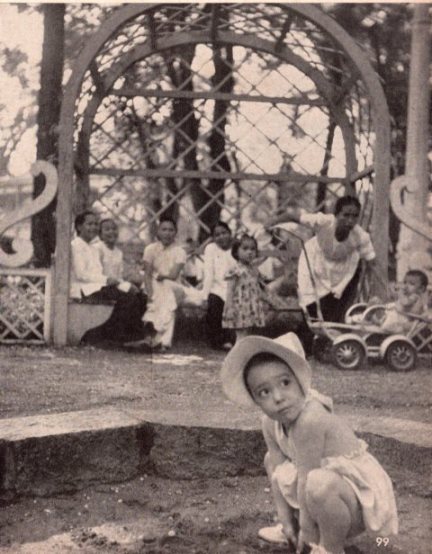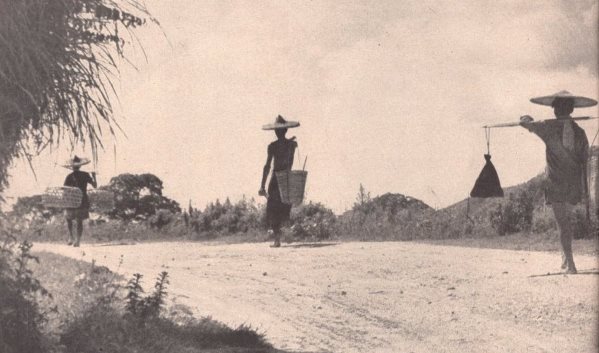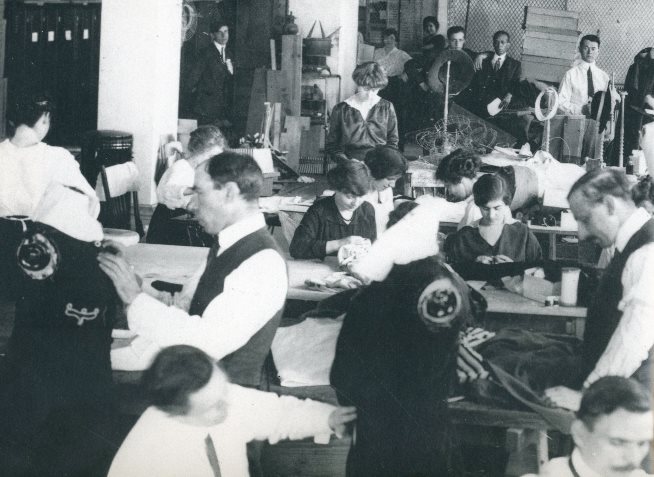
The diligent ladies here are manning (or womanning) the production line at Wisbech in Cambridgeshire in 1934. In my home, we eat canned green beans about once a week. A couple times a month, I’ll buy the fresh ones and spend an hour snipping the ends and chopping them into reasonable bite sizes, then simmering them in beef broth for several hours. They taste better, but it’s not really worth the labor or the four minutes it takes my men to consume them. We always eat the thicker Italian cut beans, as they are heartier and easier to stab. However, when the holidays roll around, we buy the French Style beans to make green bean casserole because America.
But these British lasses would never have celebrated Thanksgiving and probably never had a green bean casserole in their lives. In Texas, we don’t eat many casseroles; that’s more of a Midwest thang. But I love a good casserole, from spinach to broccoli rice to sweet corn. And I never pass up a side at Thanksgiving. I am an equal opportunity consumer. I don’t even care if the cranberries are cut into a slab of congealed jelly or fresh berries with orange zest and ginger. Either way works.
What about y’all? Are you picky? I’d eat any and all of these sides.


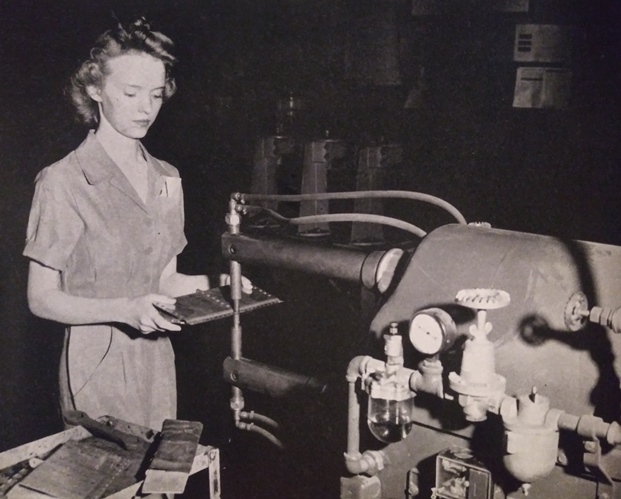

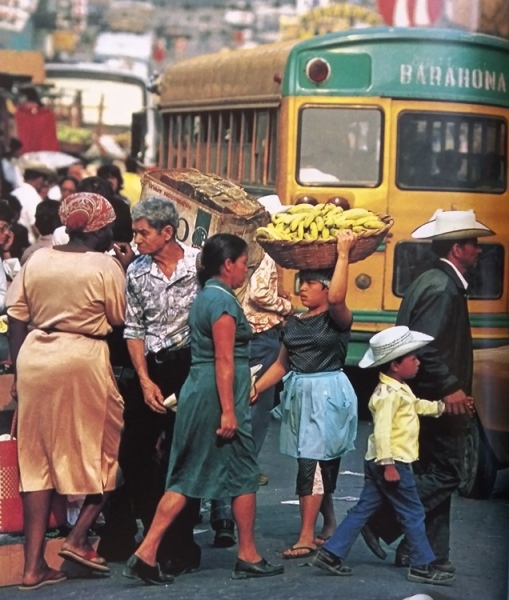
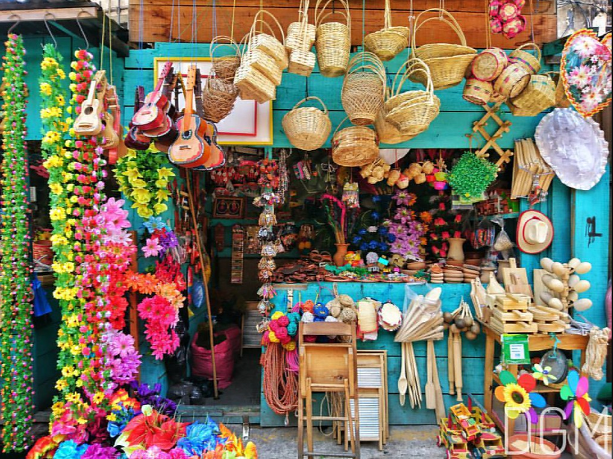

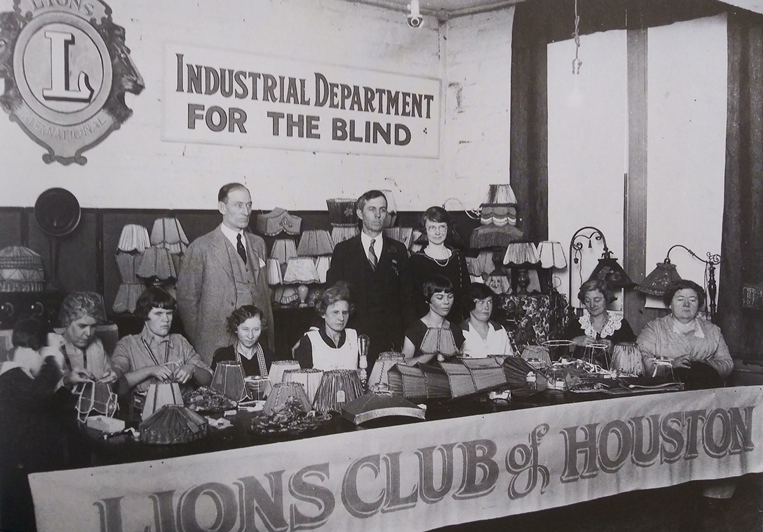



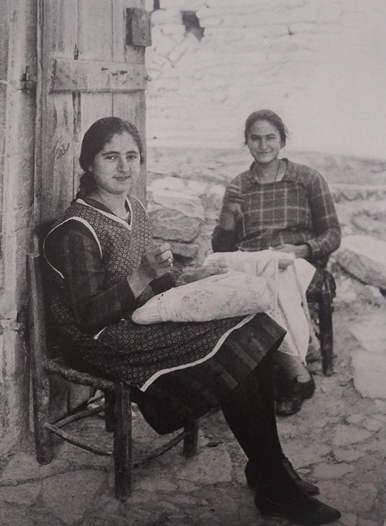


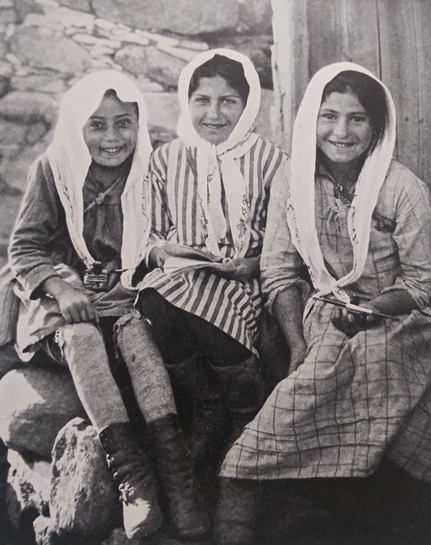
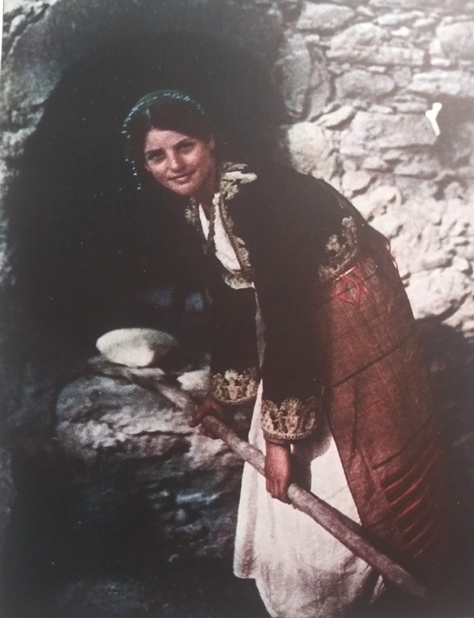
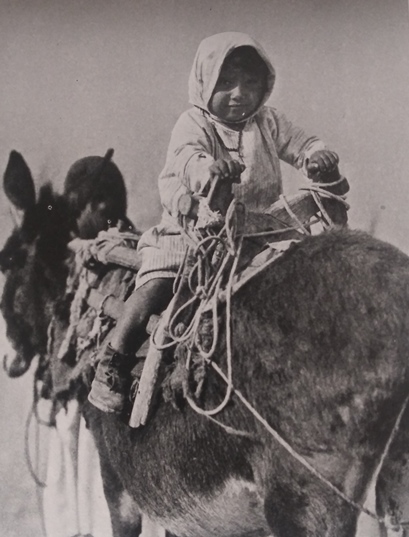
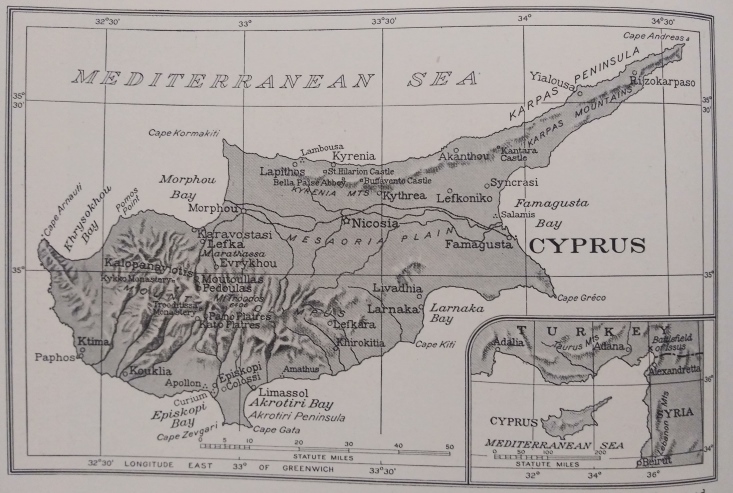
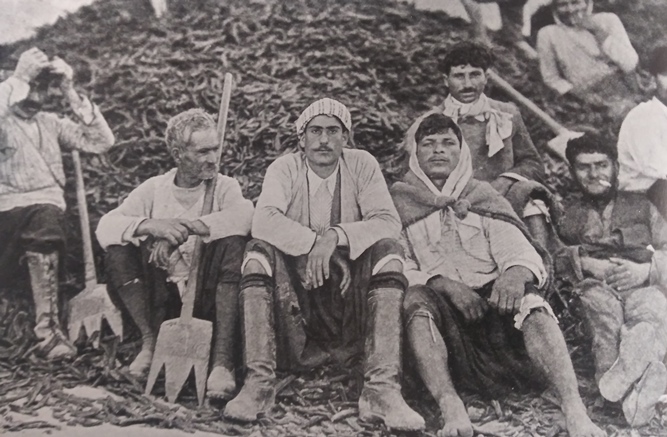
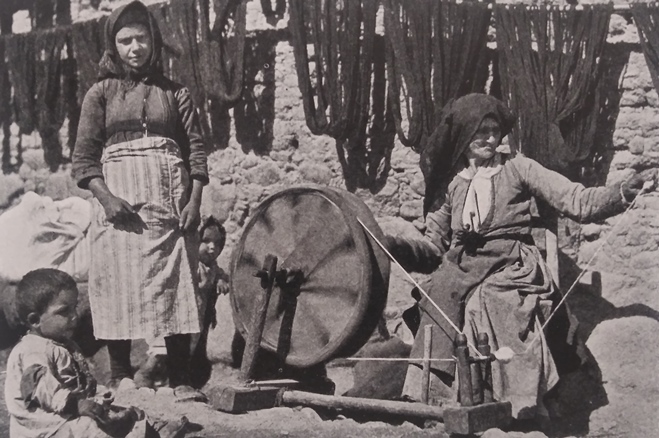


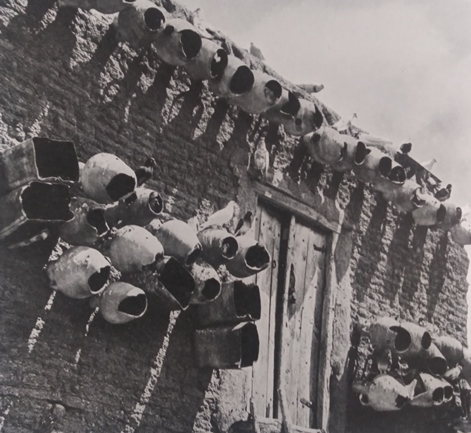


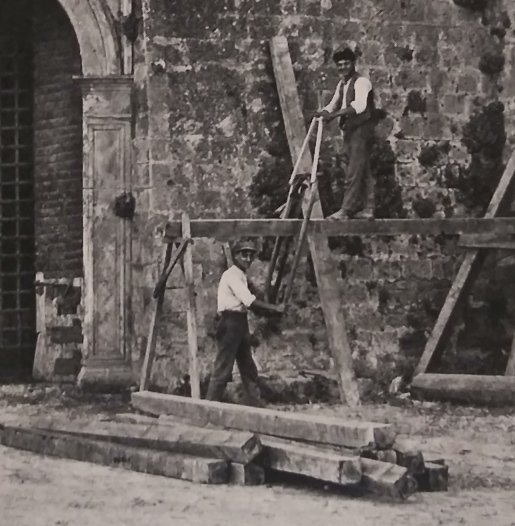
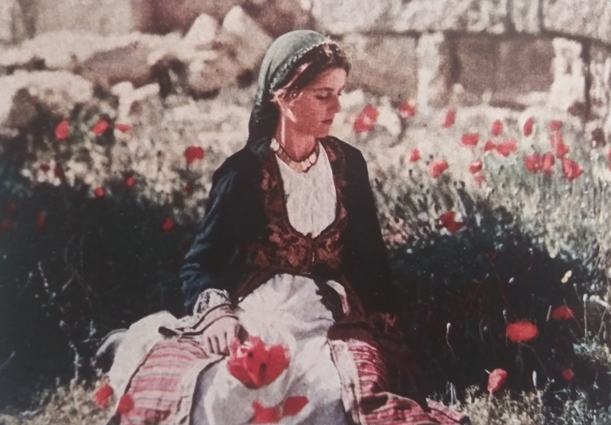


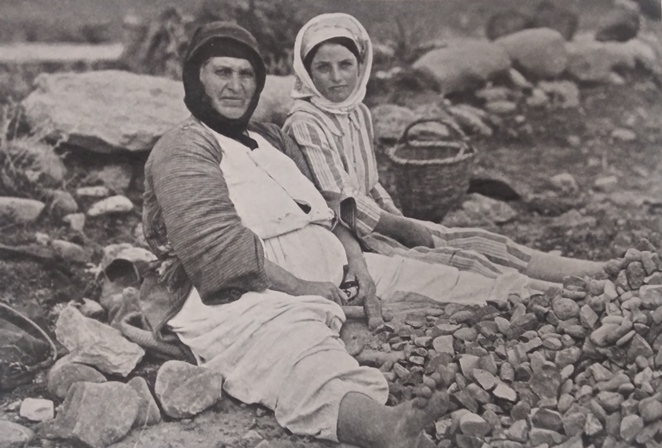


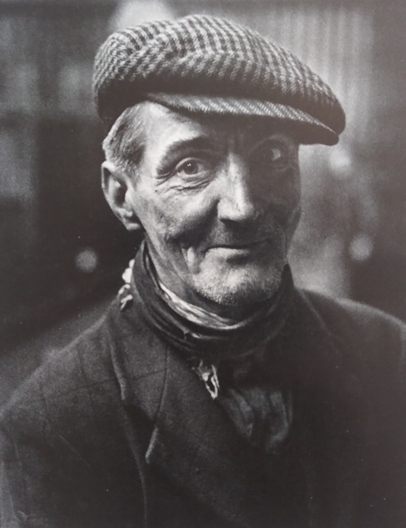
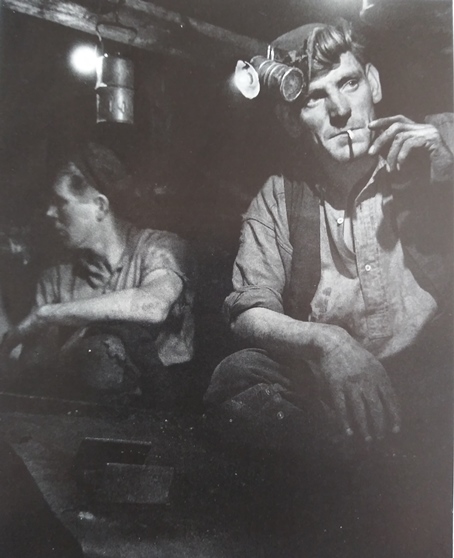

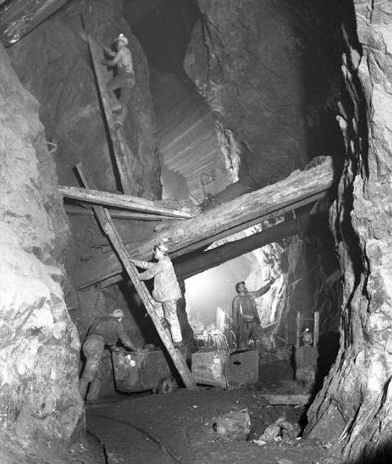
 How nice it must have been to finally emerge into fresh air!
How nice it must have been to finally emerge into fresh air!